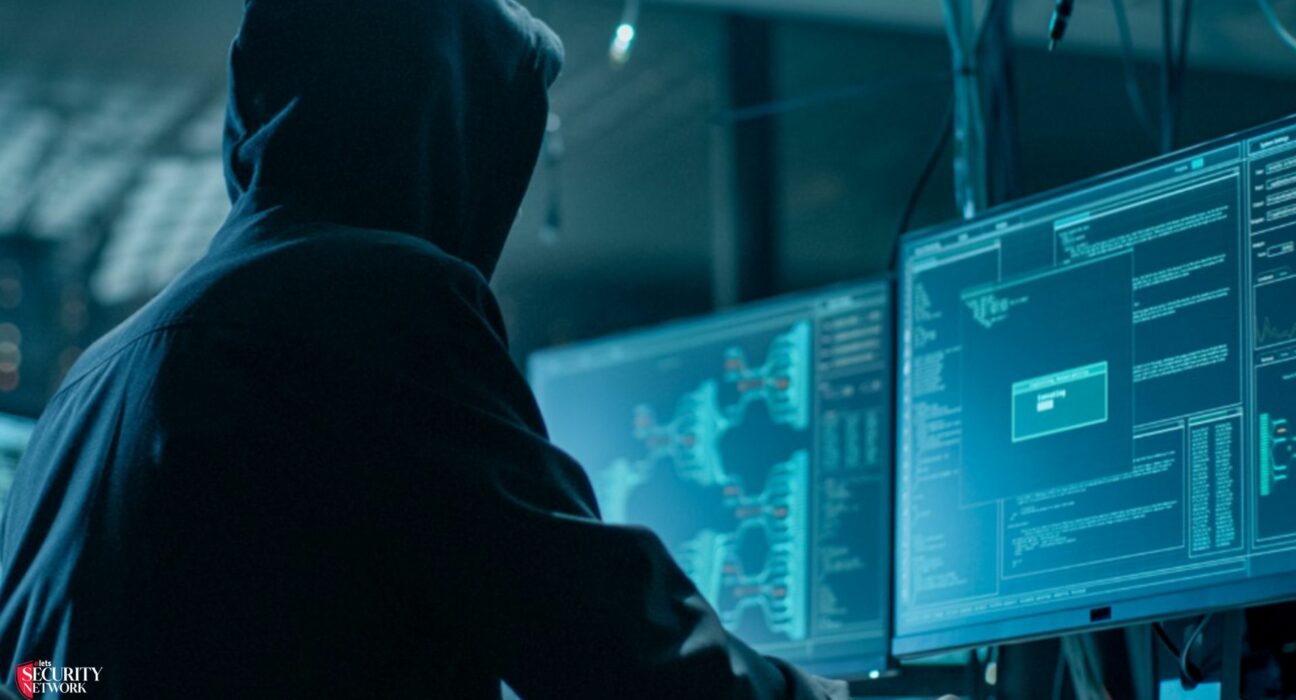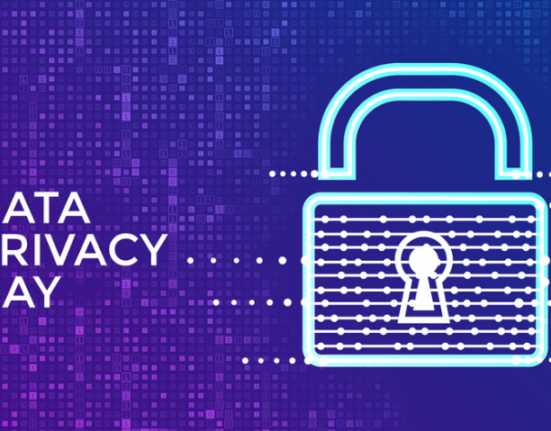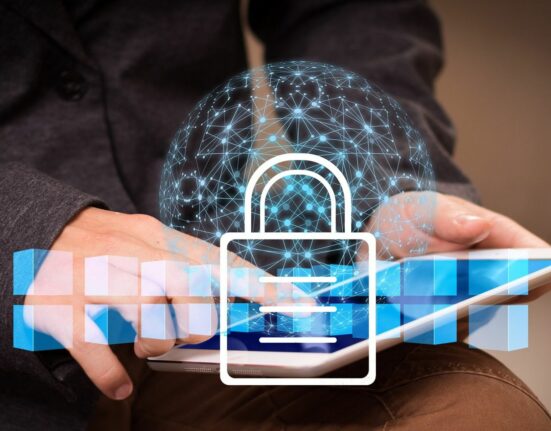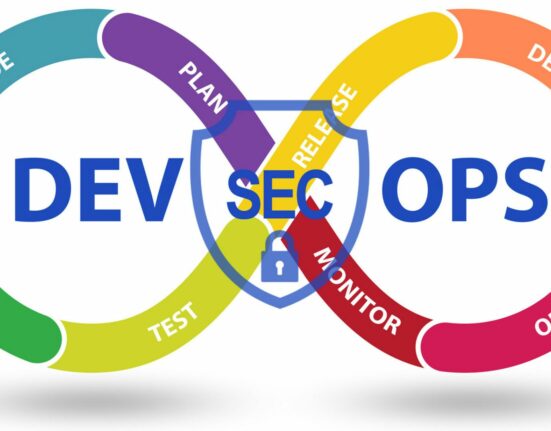According to a recent Ponemon Institute report, 85% of businesses have faced insider threats in the last two years. This emphasises the importance of organisations being proactive in addressing this issue.
When discussing security measures, the human factor in cyber risk is frequently overlooked, but it can be one of the most influential factors. Cybercriminals use the human factor to launch successful attacks, taking advantage of unsuspecting users and their mistakes. Whether it’s a phishing attack or a social engineering hack, cybercriminals rely on people’s unpredictable responses.
Organisations must ensure that they have the proper policies and procedures to limit user access and activity to place to limit user access and activity order to effectively manage cyber risk. Having clear guidelines for acceptable technology use can help reduce the likelihood of malicious actors infiltrating your system. Furthermore, regular awareness training should be provided to users to educate them on best practices for working securely online, such as recognising potential threats such as phishing emails and understanding the importance of strong passwords.
The proactive approach of organisations towards cyber risk
The human factor in cyber risk is an important component of any security strategy, and organisations must be proactive in managing it. They can reduce their vulnerability to malicious actors and help protect their data by implementing the appropriate measures and providing users with the necessary training. Keeping up with cybersecurity best practices can be difficult, but taking the time to do so will ultimately pay off in terms of protecting your company’s assets.
Insider threats are a constant source of concern for businesses and their security teams. An insider threat is a malicious attack on a company launched by someone within the organisation who has access to sensitive information or IT systems. Because of the trusted status of the person carrying it, this type of attack can be difficult to detect, making it one of the most serious forms of cyber risk.
Although technology can help prevent cyber threats, it is only as good as its weakest link—the people who interact with it on daily basis. To prevent and protect against potential threats, organisations must prioritise security for their employees and systems. They can protect their data from malicious actors by implementing the proper safeguards and reinforcing them with regular training.
Companies should prioritise developing trust among their employees and cultivating an open and communicative environment. This will help to ensure that insider threats are detected early on, allowing organisations to take precautionary measures before any harm is done.
Overall, the human element in cyber risk cannot be ignored. Managing risks associated with user activities, such as access control policies and phishing awareness training, is critical for ensuring your organisation’s security. Remember that your people are your best line of defence against cyber-attacks.









